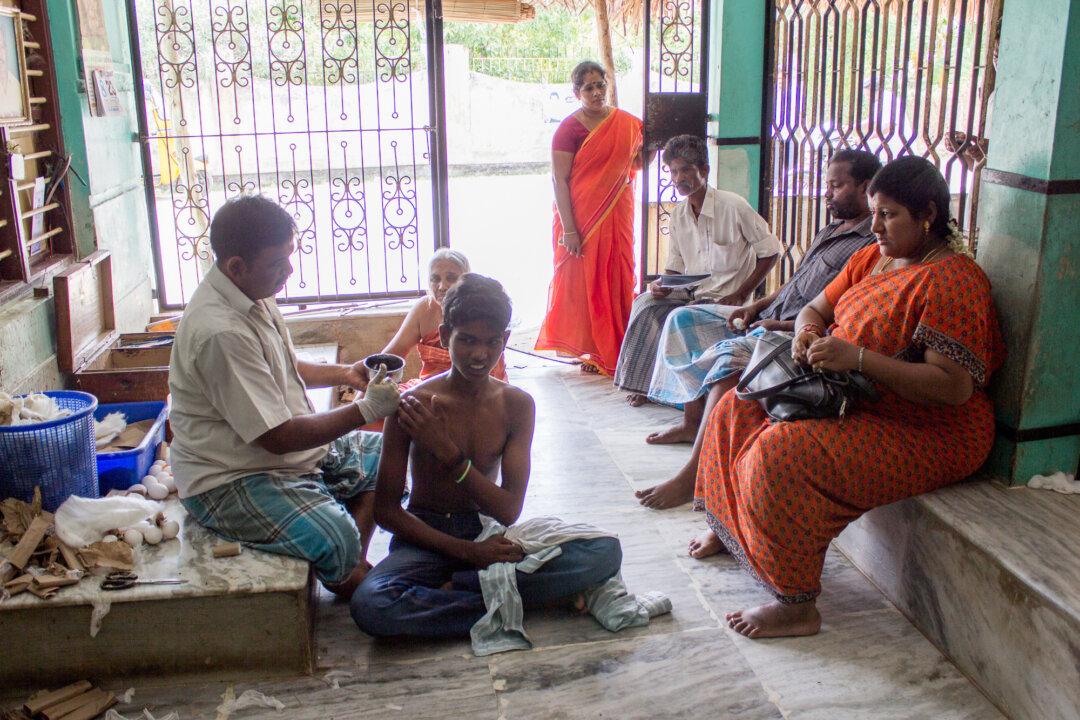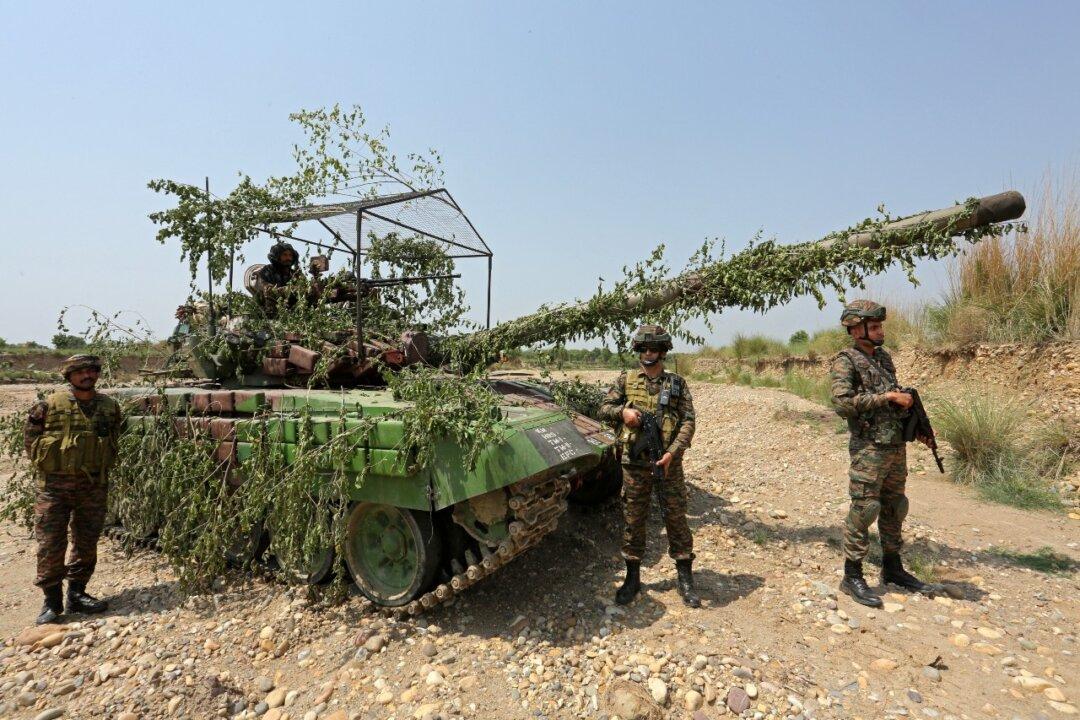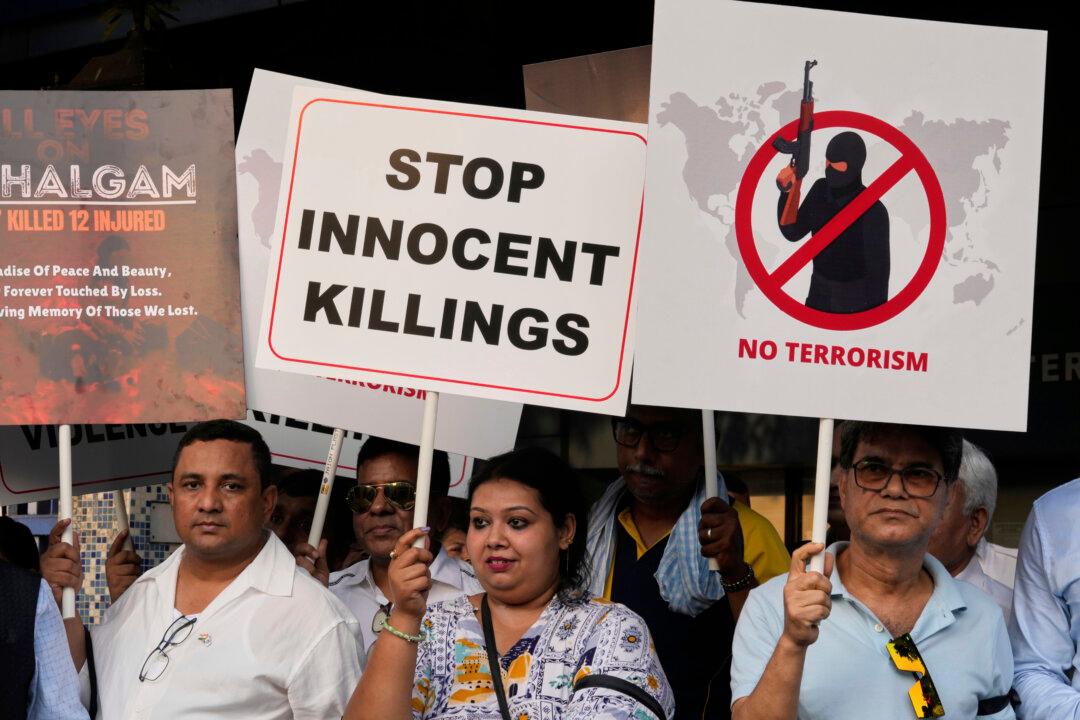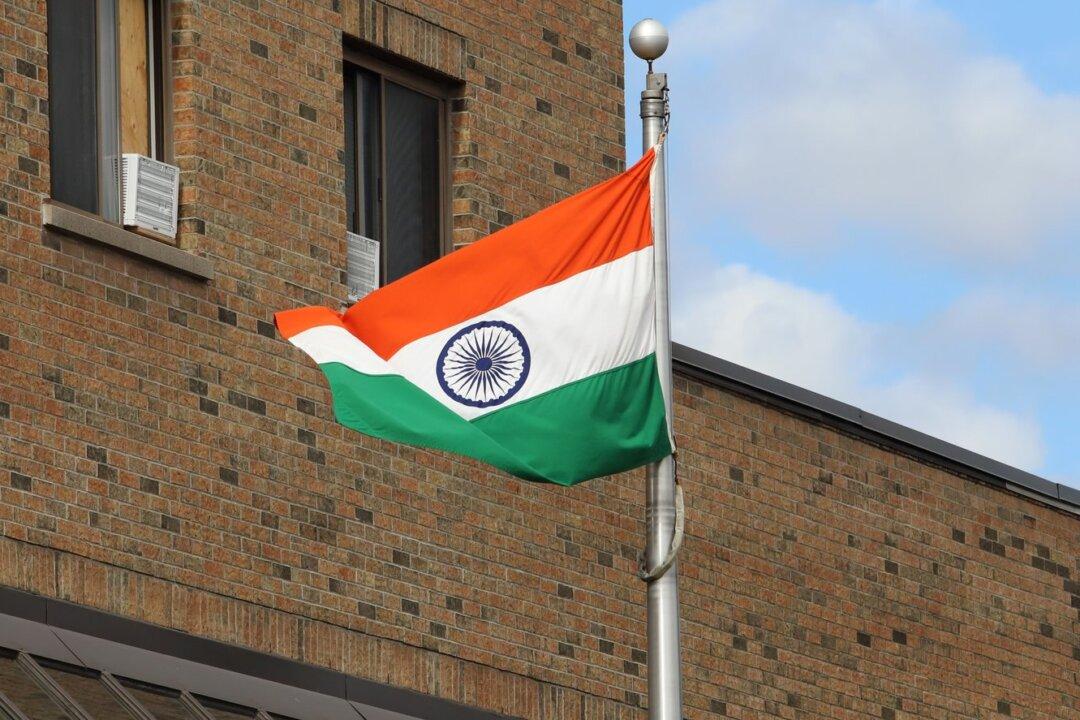PUDUCHERRY, India—Keeping their family tradition alive, three brothers in India continue to treat patients using a traditional bone-setting method called “putter kattu” that uses neither x-rays nor painkillers nor casts.
The three brothers, Murugappan R., Ayappan, and Kannan are third generation healers who work out of a small, one-room clinic in the village of Abishegapakkam in the territory of Puducherry on the southeast coast of India.
While they live in a small, remote village of about 400 families, they have no shortage of patients.
On a weekday in January, people lined the walls, standing and sitting, while over a hundred waited outside in an open-air shelter.
The Procedure
The first thing the healers did for a patient was to feel the area where the fracture, dislocation, or sprain occurred.
“Touching the bones he [Murugappan ] can tell what the problem is,” explained Hariharan M., Murugappan’s 18 year-old-son.





